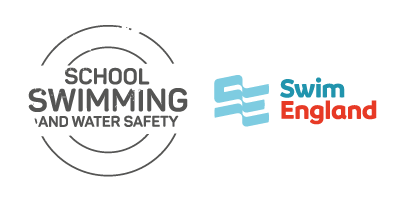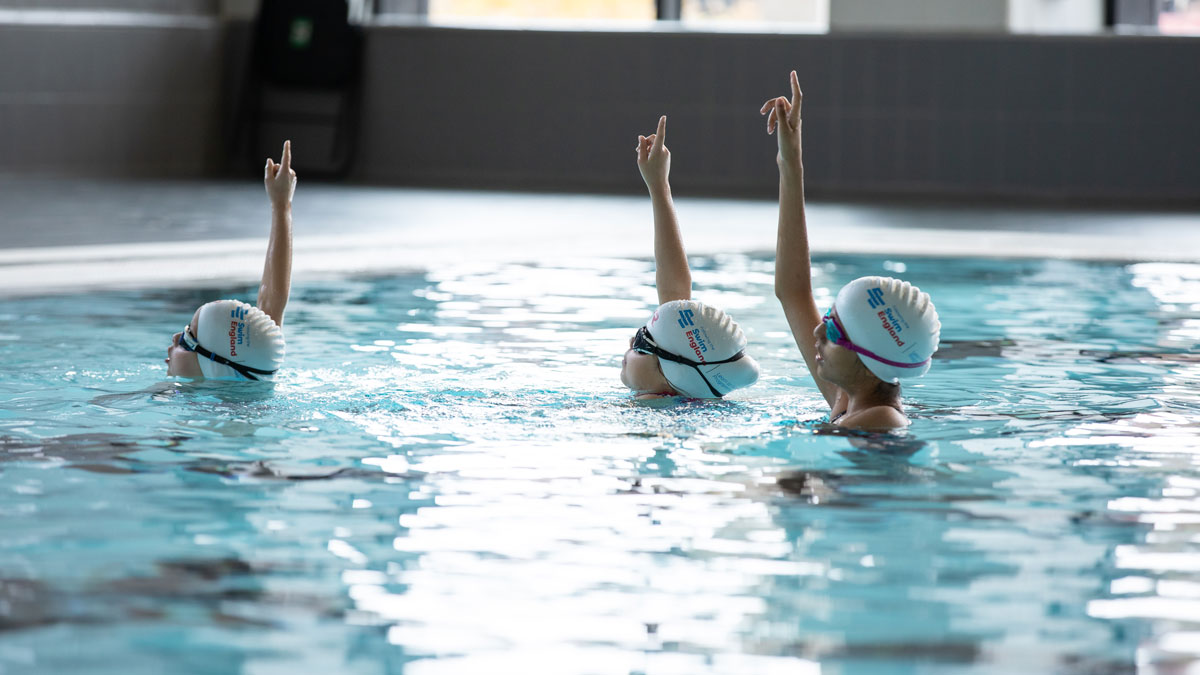Clarification consensus statement on English Key Stage 2 National Curriculum Physical Education Outcome; “perform safe self-rescue in different water-based situations”
Introduction
England is one of relatively few countries in the world to include Swimming and Water Safety on its National Curriculum. The national curriculum in England sets out the programmes of study and attainment targets for all subjects at all 4 key stages of statutory education. By the end of Key Stage 2 of the Primary Curriculum (age 7 to 11), the Physical Education programme of study states that:
All schools must provide swimming instruction either in key stage 1 or key stage 2.
In particular, pupils should be taught to:
- swim competently, confidently and proficiently over a distance of at least 25 metres
- use a range of strokes effectively [for example, front crawl, backstroke and breaststroke]
- perform safe self-rescue in different water-based situations [1].
All local-authority-maintained primary schools in England (10,312 [2]) must teach these programmes of study. Many academies (6,474 [2]) and independents (No data available) also follow this programme of study.
In recent (June 2022) discussion with the Department for Education it was made clear there is currently no intention to amend or change the National Curriculum in the short term, while the outcomes, swim competently, confidently and proficiently over a distance of at least 25 metres (see appendix) and use a range of strokes effectively [for example, front crawl, backstroke and breaststroke], are clearly defined, the remaining outcome and arguably, most important outcome, perform safe self-rescue in different water-based situations, remains unsatisfactorily vague. It is important to provide clarity and consistency on what is expected from this outcome in order to:
- Allow accurate benchmarking.
- Ensure the desired protective effect is met.
- Enable effective education of workforce.
- Enable communication to parents of pupils ability.
Aim
The aim of this statement is to provide a consensus on a consistent set of clearly measurable skill based outcomes that combine to enable a young person to survive an unexpected entry to cold water until rescue or self-extraction is possible.
Scope
It is not in scope to reshape the current curriculum outcomes.
It is recognised that rescue is a third party action and the terminology self-rescue should be updated to reflect international consensus from IDRA (link) however for the purpose of this paper it is out of scope to change the curriculum wording.
The suggested skills should be achievable within the current limitations of the curriculum.
The target audience is key stage 2 pupils in England.
Suggested outcomes
The purpose of the skills below is to enable the learner to Survive an initial unintentional entry in to cold water (<15 degrees Celsius) until rescue or self-extrication.
Suggested outcomes should be completed in sequence in full reach depth water wearing t-shirt and shorts over their normal swimming attire. We highly recommend that every child should complete this award in deep water, as this most closely replicates a real life drowning scenario. In circumstances where this is not made possible reasonable adjustments for shallow water* and physical impairments** for the outcomes are below;
- Fall-in entry and recover to surface*.
- Float on the back with minimal movement for 60 seconds without floatation equipment*.
- Rotate from floating on the back to a vertical position*.
- Tread water for 30 seconds*.
- Whilst treading water, Signal for help once, by extending one arm above the head and simultaneously shouting for help then returning the arm to the water to continue to tread water*.
- Swim (without floatation equipment) 15m to a floating object, using a recognised personal survival stroke (head up long arm front paddle or lifesaving backstroke)
- Retaining the floating object take up the Heat Escape Lessening Position/Posture for 30 seconds*.
- Form a huddle position as a group for 30 seconds*
- Swim 15m to exit the water unaided*
*Adjustments and guidance
- If pool is not deep enough for a fall-in entry a roll-in sideways from a seated position can be used, this is to be risk assessed.
- Do not touch the floor or poolside.
- If completing in shallow water do not touch the floor or poolside remain on the back and scull.
- In shallow water remain afloat or use a sculling action do not touch the floor or poolside.
- In shallow water remain afloat or use a sculling action do not touch the floor or poolside, Signal for help, with one arm extended above the head and simultaneously shouting for help.
- n/a.
- For swimmers with a physical impairment that means they cannot retain the floating object to take up the Heat Escape Lessening Position/Posture they can demonstrate their ability to stay afloat or use a personal floatation device or buoyancy aid to demonstrate the Heat Escape Lessening Position.
- For swimmers with a physical impairment that means they cannot retain the huddle position they can demonstrate their ability to stay afloat for 30 seconds.
- For swimmers with a physical impairment that means they cannot climb out independently they should demonstrate their ability to await rescue by holding on to the side, floating object or rescue equipment.
Login to the members area of your Swim England School Swimming and Water Safety Charter for further information. If you haven’t signed up, you can sign up for free using this link.

